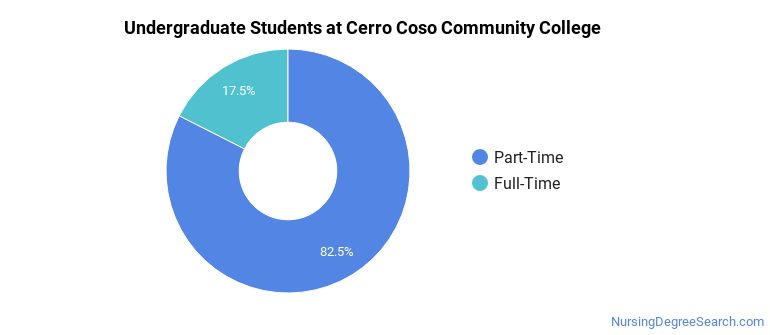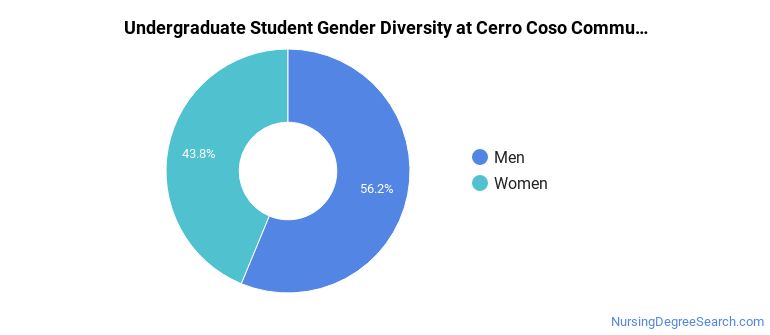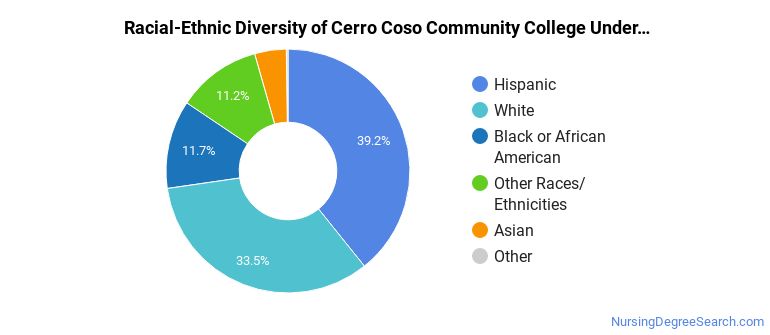Cerro Coso Community College Nursing Programs
Cerro Coso Community College is a public institution located in Ridgecrest, California. Students who love country life may enjoy the rural location of Cerro Coso Community College.
Where Is Cerro Coso Community College?

Contact details for Cerro Coso Community College are given below.
| Contact Details | |
|---|---|
| Address: | 3000 College Heights Blvd, Ridgecrest, CA 93555-9571 |
| Phone: | 760-384-6100 |
| Website: | cerrocoso.edu |
How Do I Get Into Cerro Coso Community College?
You can apply to Cerro Coso Community College online at: https://www.cerrocoso.edu/enrollment-aid/steps-to-apply-and-enroll.html
Can I Afford Cerro Coso Community College?
Student Loan Debt
Almost 66% of college students who graduated with the class of 2018 took out student loans, but that percentage varies from school to school. At Cerro Coso Community College, approximately 1% of students took out student loans averaging $9,402 a year. That adds up to $37,608 over four years for those students.
Cerro Coso Community College Undergraduate Student Diversity

Gender Diversity
Of the 905 full-time undergraduates at Cerro Coso Community College, 56% are male and 44% are female.

Racial-Ethnic Diversity
The racial-ethnic breakdown of Cerro Coso Community College students is as follows.

| Race/Ethnicity | Number of Grads |
|---|---|
| Asian | 38 |
| Black or African American | 106 |
| Hispanic or Latino | 355 |
| White | 303 |
| International Students | 2 |
| Other Races/Ethnicities | 101 |
Over 6 countries are represented at Cerro Coso Community College. The most popular countries sending students to the school are Haiti, Argentina, and Japan.
Cerro Coso Community College Nursing Concentrations
The table below shows the number of awards for each concentration.
| Major | Associate’s | Undergraduate Certificate | TOTAL |
|---|---|---|---|
| Licensed Practical/Vocational Nurse Training | 12 | 11 | 23 |
| TOTAL | 12 | 11 | 23 |
References
*The racial-ethnic minorities count is calculated by taking the total number of students and subtracting white students, international students, and students whose race/ethnicity was unknown. This number is then divided by the total number of students at the school to obtain the racial-ethnic minorities percentage.
More about our data sources and methodologies.
